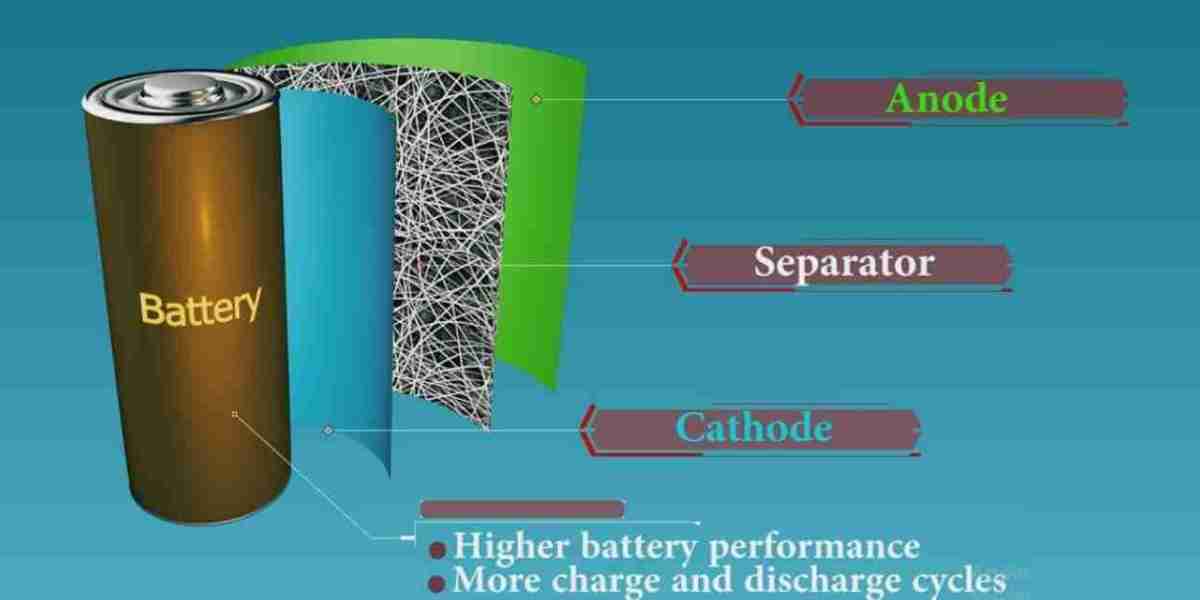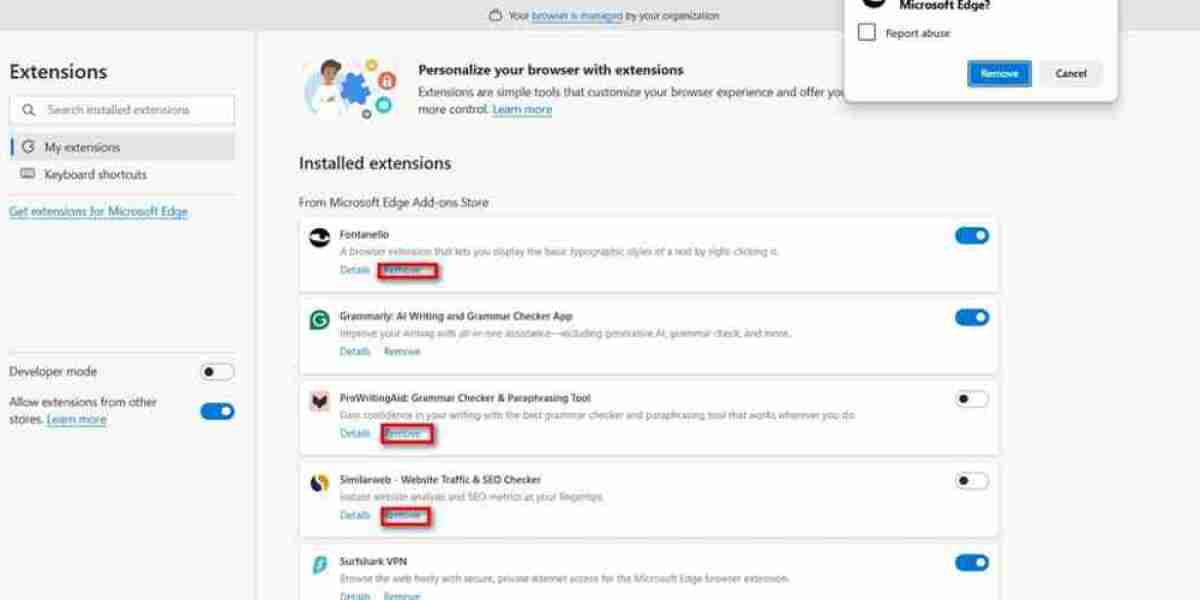The lithium-ion battery separator market plays a pivotal role in the global energy storage and electric vehicle (EV) industries. These separators are essential for ensuring battery safety, performance, and efficiency. However, despite the significant growth potential driven by rising demand for electric vehicles, renewable energy storage, and consumer electronics, there are several inhibitors that pose challenges to the market’s progress. Key barriers, including technological limitations, raw material shortages, cost pressures, and regulatory hurdles, are shaping the future of the market. In this article, we explore these inhibitors and the strategies that companies are adopting to overcome them.
1. Technological Challenges in Separator Development
Technological innovation is the backbone of the lithium-ion battery separator market, but significant hurdles remain in improving separator materials to meet the demands of next-generation batteries. As electric vehicles (EVs) and energy storage systems (ESS) push for batteries with higher energy density, longer lifespan, and faster charging times, separator technology needs to evolve in tandem.
Limitations in Material Performance: Current separator materials, primarily composed of polyethylene (PE) or polypropylene (PP), have limitations when it comes to handling higher temperatures and improving ion conductivity. In applications such as EV batteries, where performance is critical, manufacturers are required to develop separators that can handle more extreme operating conditions. Achieving a balance between improved ion flow, safety, and heat resistance remains a major challenge.
Cost and Scalability of Advanced Separators: High-performance separators, such as ceramic-coated or multilayer separators, provide substantial benefits, but their production costs are higher compared to traditional single-layer separators. The scalability of these advanced technologies remains a concern for large-scale production. The adoption of these technologies on a global scale requires significant investment in R&D and manufacturing capabilities.
2. Raw Material Shortages
The global demand for lithium-ion batteries, especially for use in electric vehicles and renewable energy storage, has led to a surge in demand for the materials used in battery manufacturing. The production of battery separators, in particular, relies heavily on raw materials such as polyethylene, polypropylene, and ceramic coatings. Shortages of these materials can significantly hinder the ability to meet the rising demand for separators.
Polymer Shortages: The core material used in many separators is polymer-based, specifically polyethylene and polypropylene. These materials are sourced from petrochemical products, and fluctuations in the global supply of oil and gas can impact the availability and cost of the raw materials needed for separator production. Additionally, geopolitical instability or disruptions in supply chains can cause delays in production.
Supply Chain Bottlenecks: As the lithium-ion battery market grows, raw material supply chains are being stretched. For example, ceramic coatings, which enhance separator performance, require specialized materials and manufacturing processes that are often constrained by limited supply and high costs. Disruptions in these supply chains could delay the production and delivery of separators, leading to potential bottlenecks.
3. Cost Pressures and Profitability
The rising cost of raw materials, labor, and energy is putting pressure on manufacturers of lithium-ion battery separators. These cost increases are being passed on to consumers, which may dampen demand in price-sensitive markets.
High Production Costs: Developing and producing high-performance separators such as multilayer or ceramic-coated separators can be expensive. Manufacturers must also invest in advanced machinery and technologies to ensure the production of high-quality products. These costs can be prohibitive for smaller companies or new entrants to the market.
Price Sensitivity in Emerging Markets: While demand for lithium-ion batteries is surging globally, emerging markets are still highly price-sensitive. The cost of separators, which can account for a significant portion of a battery’s production cost, may restrict market adoption in regions with lower-income populations. Manufacturers in these regions may have to balance performance and cost, opting for more affordable separator technologies that could compromise the overall performance of batteries.
4. Regulatory Challenges and Compliance
The lithium-ion battery industry is subject to a growing number of regulations, particularly as the adoption of electric vehicles and energy storage systems increases. Stringent environmental regulations related to production processes, safety standards, and disposal requirements can pose significant challenges for manufacturers of battery separators.
Environmental Impact: Many separator materials, especially those that are not recyclable, contribute to the environmental footprint of lithium-ion batteries. As sustainability becomes a focal point in global industries, separator manufacturers are facing pressure to produce more environmentally friendly products. However, developing separators that are both high-performing and sustainable requires substantial research and innovation, which adds complexity and cost to the production process.
Battery Safety Standards: With the increasing adoption of EVs and large-scale energy storage systems, safety regulations are becoming more stringent. Battery separators must meet specific safety standards to prevent fires, thermal runaway, and other hazards. Compliance with these safety regulations requires continuous testing and adherence to evolving international standards, which can increase operational costs and slow down time to market.
5. Competitive Market Dynamics
The lithium-ion battery separator market is highly competitive, with numerous global and regional players vying for market share. The rapid pace of technological advancements and the need to differentiate through innovation creates constant pressure on companies to stay ahead of their competitors.
Pricing Pressure: With many manufacturers offering similar products, price competition is intense. This can lead to margin compression for separator manufacturers, particularly those that lack the economies of scale to offer lower-cost products. Smaller manufacturers may struggle to compete with large players like Asahi Kasei or Toray Industries, which benefit from their global reach and established customer bases.
Overcapacity Risk: As new players enter the market, there is a risk of overcapacity, which can lead to supply-demand imbalances and price instability. Companies must be strategic in managing their production capacities to avoid the pitfalls of an oversupplied market, which could negatively impact profitability.
6. Addressing the Inhibitors: Strategic Solutions
To overcome these inhibitors and ensure sustained growth, companies in the lithium-ion battery separator market are taking several strategic steps:
Investment in R&D: By investing in research and development, companies are working to overcome technological challenges. Innovations in new materials and manufacturing processes, such as solid-state separators and biodegradable options, are being explored to address performance and environmental concerns.
Supply Chain Resilience: Companies are diversifying their supplier base and adopting more resilient supply chain strategies to mitigate risks associated with raw material shortages and disruptions. Long-term contracts, alternative sourcing options, and local production are key components of these strategies.
Cost-Effective Manufacturing: Manufacturers are leveraging automation and optimizing their production processes to reduce costs. Collaboration with OEMs (Original Equipment Manufacturers) and other stakeholders in the battery value chain also enables cost-sharing opportunities that can lower overall production expenses.
Sustainability Initiatives: Many companies are prioritizing sustainability by developing separators that are recyclable or biodegradable. They are also adopting cleaner production processes to reduce the environmental impact of their products.
Conclusion
The lithium-ion battery separator market faces several inhibitors that could limit its growth, including technological challenges, raw material shortages, cost pressures, regulatory hurdles, and competitive market dynamics. However, by investing in innovation, diversifying supply chains, and focusing on sustainability, manufacturers can overcome these barriers and position themselves for long-term success. With the global demand for electric vehicles and energy storage systems on the rise, the market for lithium-ion battery separators is poised for significant growth, provided that these challenges are addressed effectively.




